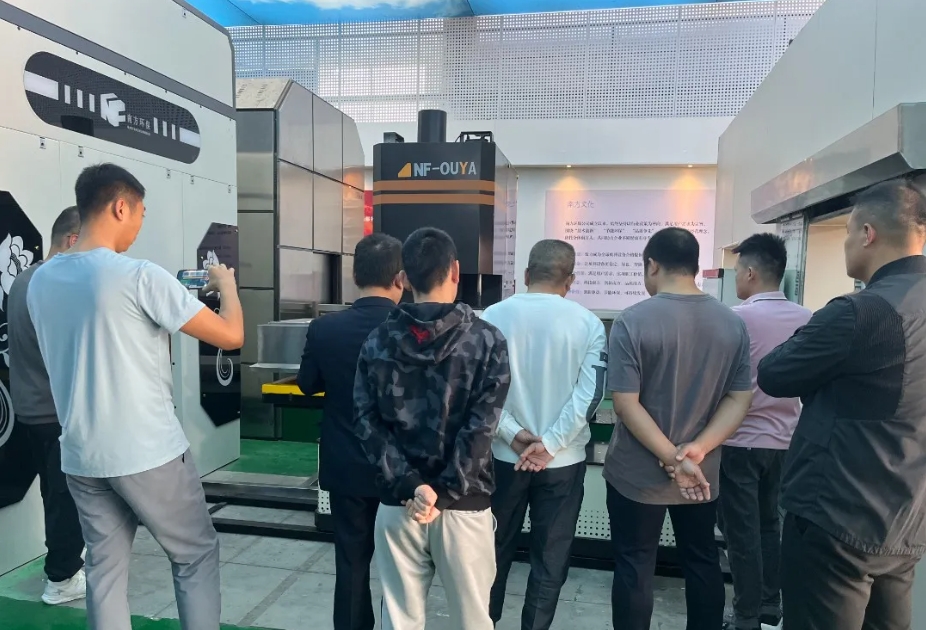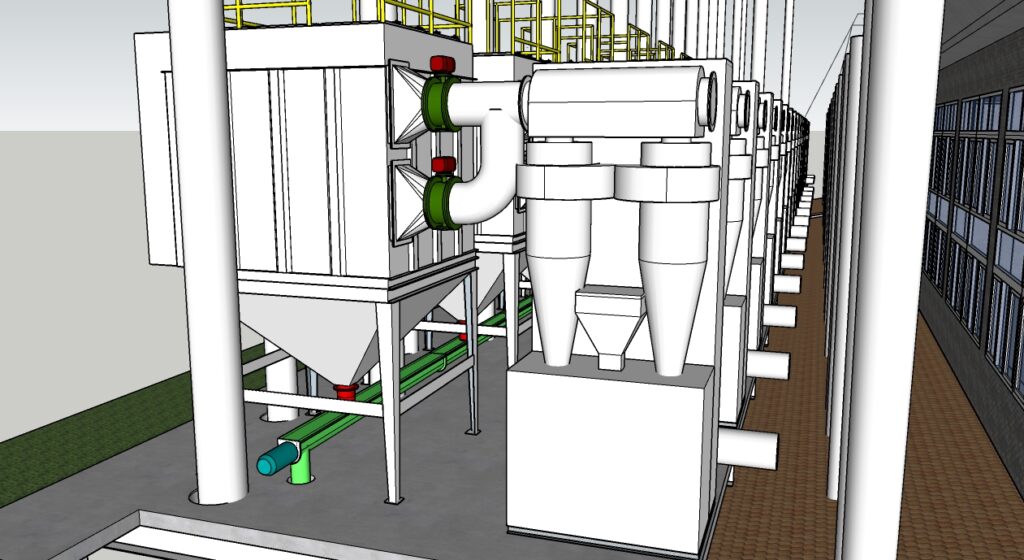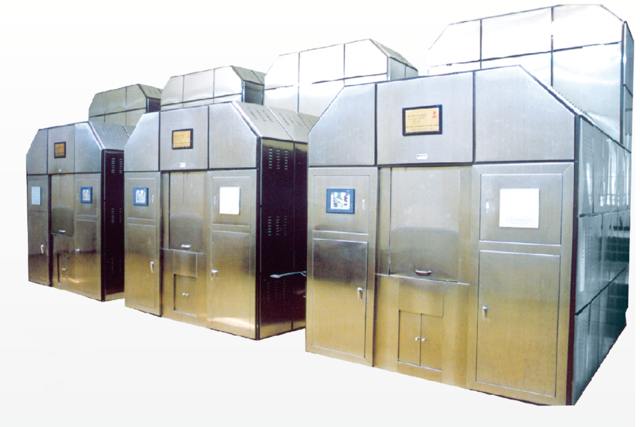A cremator is a type of funeral equipment used for the cremation of remains and subsequent collection of ashes. When selecting a trolley-type ash collection cremator, consider the following factors:
1. Product Structure and Key Components
Trolley-type ash collection cremators typically consist of a combustion chamber, cooling system, electrical control system, and ash collection unit. The combustion chamber is where cremation occurs, and its design and materials are critical for achieving safe and effective cremation. The cooling system helps to regulate the temperature of the combustion chamber, safeguarding both the equipment and operators. The electrical control system manages all machine operations, including combustion and cooling processes. Finally, the ash collection unit gathers the ashes, facilitating easy cleanup and transfer.

2. Key Considerations in Selection
When choosing a trolley-type ash collection cremator, first look for a reputable manufacturer with strong credentials and a good reputation. Select the model and specifications that best meet your needs, considering factors like body size, weight, and shape. Also, evaluate the machine’s price and ongoing maintenance costs. It’s essential to understand the machine’s expected lifespan and reliability, as well as the after-sales support and technical assistance provided in the event of any malfunction.
3. Advantages of Trolley-Type Ash Collection Cremators
The primary benefits of this cremator type include reducing processing time and labor costs, minimizing the space required for remains, and helping prevent environmental pollution. Additionally, trolley-type cremators offer a cleaner, safer, and more visually appealing method for handling remains.

4. Typical Use Scenarios
Trolley-type ash collection cremators are commonly used in funeral homes, cemeteries, and memorial sites where cremation and ash collection are needed, providing a civilized, efficient, safe, and eco-friendly solution. In special circumstances, such as natural disasters or conflicts, these cremators can also be used to handle the remains of victims, offering a respectful and controlled method for body processing.


